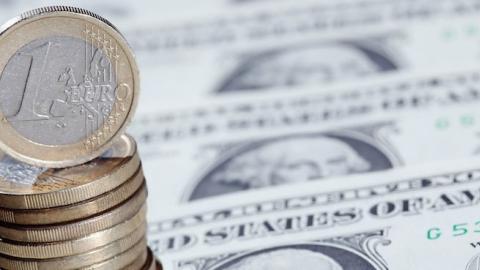Mega money printing and interest rate manipulation by the leading central banks it seems has not produced the inflation predicted by orthodox economists. Instead much of the present monetary chatter concerns the threat of deflation. Yet in fact deflation is nowhere to be seen and in the next business cycle beyond the present trough the surprise will likely be virulent inflation. The gleeful critics of sound money doctrine will not have the last laugh even if in many cases its preachers got the timing and the route to high inflation wrong.
The journey so far has featured in most of the advanced economies including the US the weakest expansion on record from Great Recession amidst rapidly growing inequality. The result has been a boom of populism on both the right and the left, witness the US presidential primary elections, where the lead candidates on both sides are what Washington Post columnist Charles Krauthammer describes as magicians whose wand would solve all our economic and social ills. The spell depends on voters believing that the monetary forces which create inflation are indeed in long-run suspense.
But let’s take one step backwards. Even during the present business cycle, most likely already in its recessionary phase, inflation has been the general condition. Since the peak of the last business cycle in late 2007 consumer prices are up by 14% in the US, 10% in Germany and 2% in Japan. If inflation were measured, as before the 1980s, without the now standard adjustments to take account of quality improvements, the rise would be 25- 30% in the US, 15-20% in Germany and around 5% in Japan (less taking account of sales tax hike). Further upward adjustment should be made in Germany to reflect the rapid rise of residential rents excluded from official inflation estimations.
Much of the time inflation is very sticky, bounded from below and above by a set of expectations which households and businesses have formed over many years. Even so the actual measured inflation rate moves up or down under real time influences including the path of the business cycle, the growth of productivity or fluctuations in equilibrium wage rates. Beyond these normal fluctuations in the price data occurring in the context of steady inflation expectations there are those abnormal episodes where a strong monetary force drives an acceleration or deceleration of inflation, sometimes violent in nature.
As we have learnt in recent years central banks cannot create this force at will. Yes they can design radical experiments of monetary “stimulus”, deploying the latest tools of quantitative expansion or negative interest rates. These tools can lead in the short term to a powerful depreciation of the national currency which has knock-on effects on prices and may sometimes influence inflation expectations. And under extreme conditions depreciation proceeds to collapse which short-circuits into hyperinflation.. But excluding that far-out scenario a sustained impact on inflation depends on these tools somehow bringing about excess demand across many markets for goods and services.
Such success depends on a substantial gap opening up of market interest rates below the so-called neutral (or equilibrium) level. A symptom of this gap would be rapid growth in credit and broad money supply. A widely unacknowledged problem of monetary experimentation in this cycle has been that it has lowered the neutral level of interest rates via having created so much uncertainty.
Many businesses become reluctant to enter into long-run spending commitments because they fear the potential crisis and recession which the experiment will bring in its end phase. Monetary experimentation has fuelled various speculative investment booms across the emerging market world and in the global mining industry (including energy), but as these turn to bust there is even more reticence to invest by businesses in the US, Europe and Japan. And so the neutral level of interest rates remains low meaning that no significant gap can emerge between this and market rates.
The likely gathering pace of fiscal reflation pace through the trough of this cycle and into the early stage of the next cycle would bring a rise of the neutral level especially were there no reversal of fiscal course mid-way parallel to the US budget squeeze of 2011-12 following the Tea Party victory in the 2010 elections, to the 2011-13 budget austerity in the weak European sovereigns or to Japan’s 2014 consumption tax hike. In the case of Japan the fiscal deterioration could bring a rise of inflation more sudden and violent than elsewhere given the extent to which the public finances are already ailing and the extreme nature of monetary experimentation there. The trigger could be a yen plunge.














